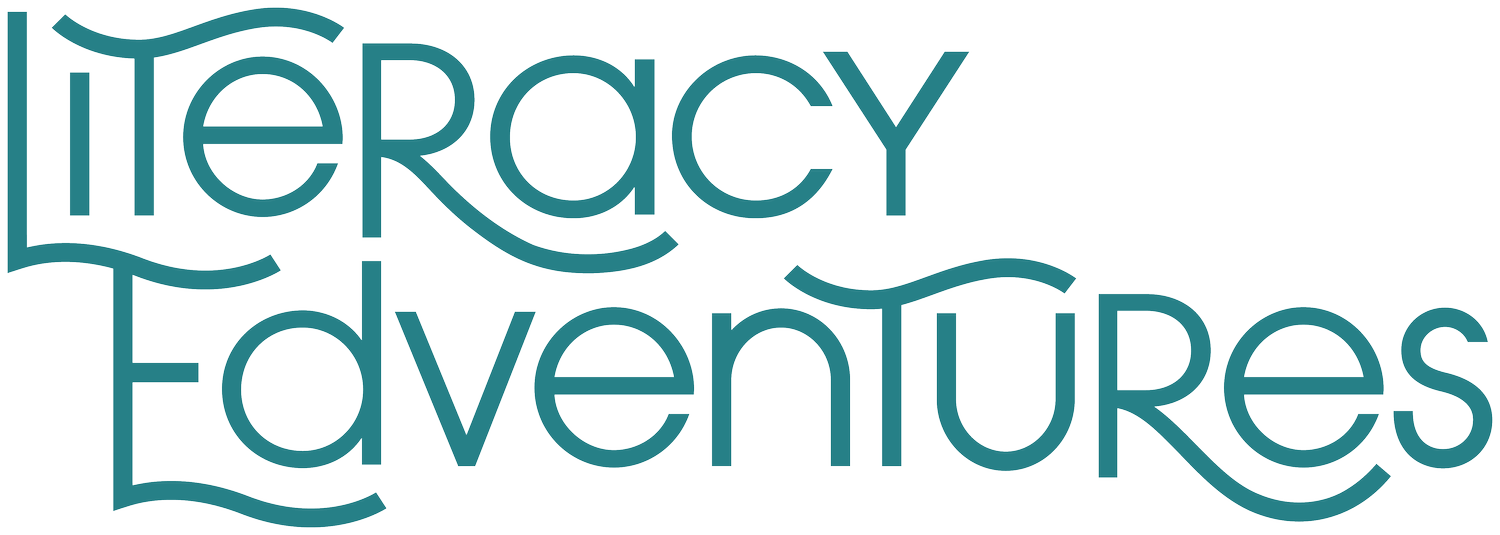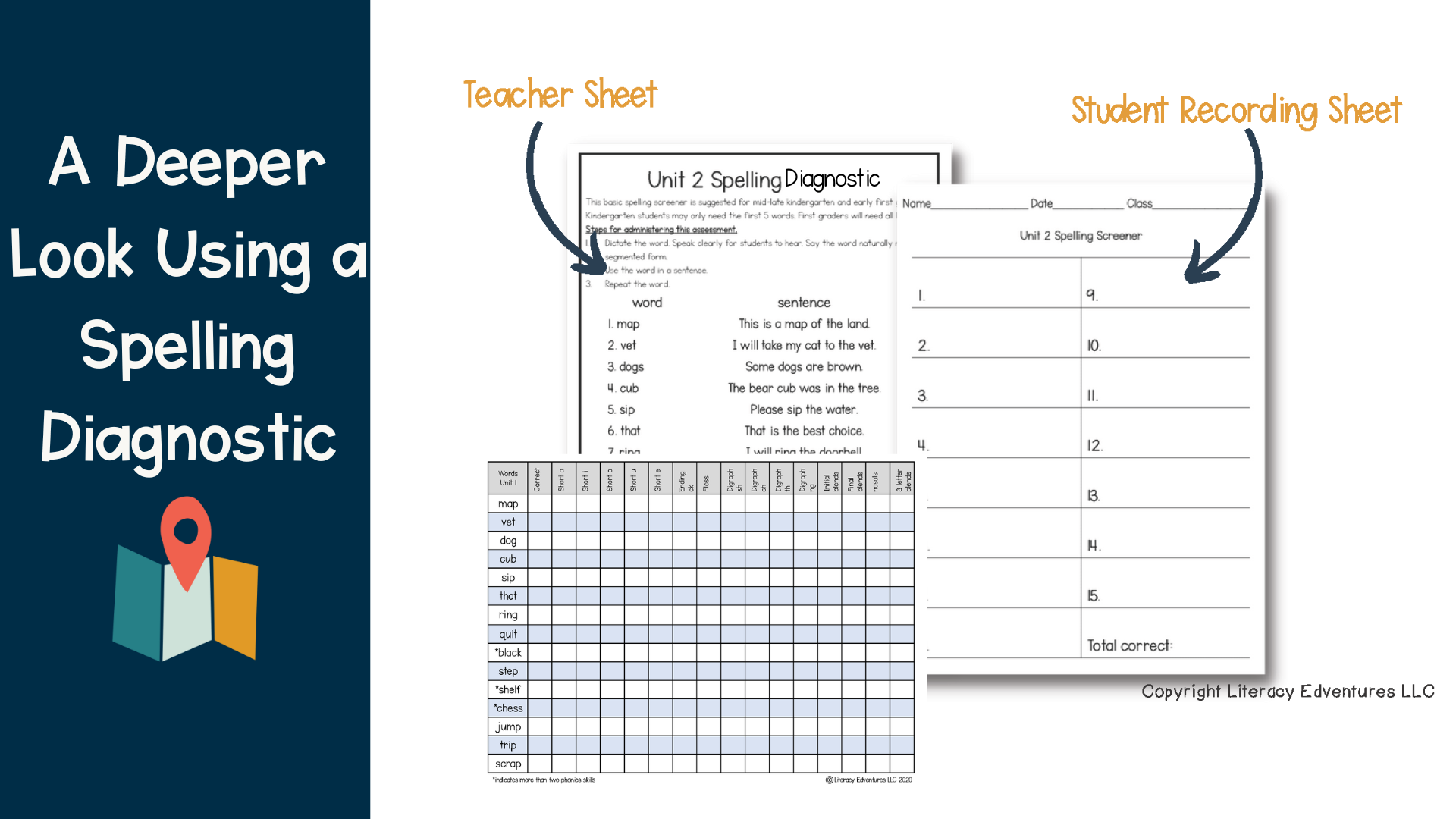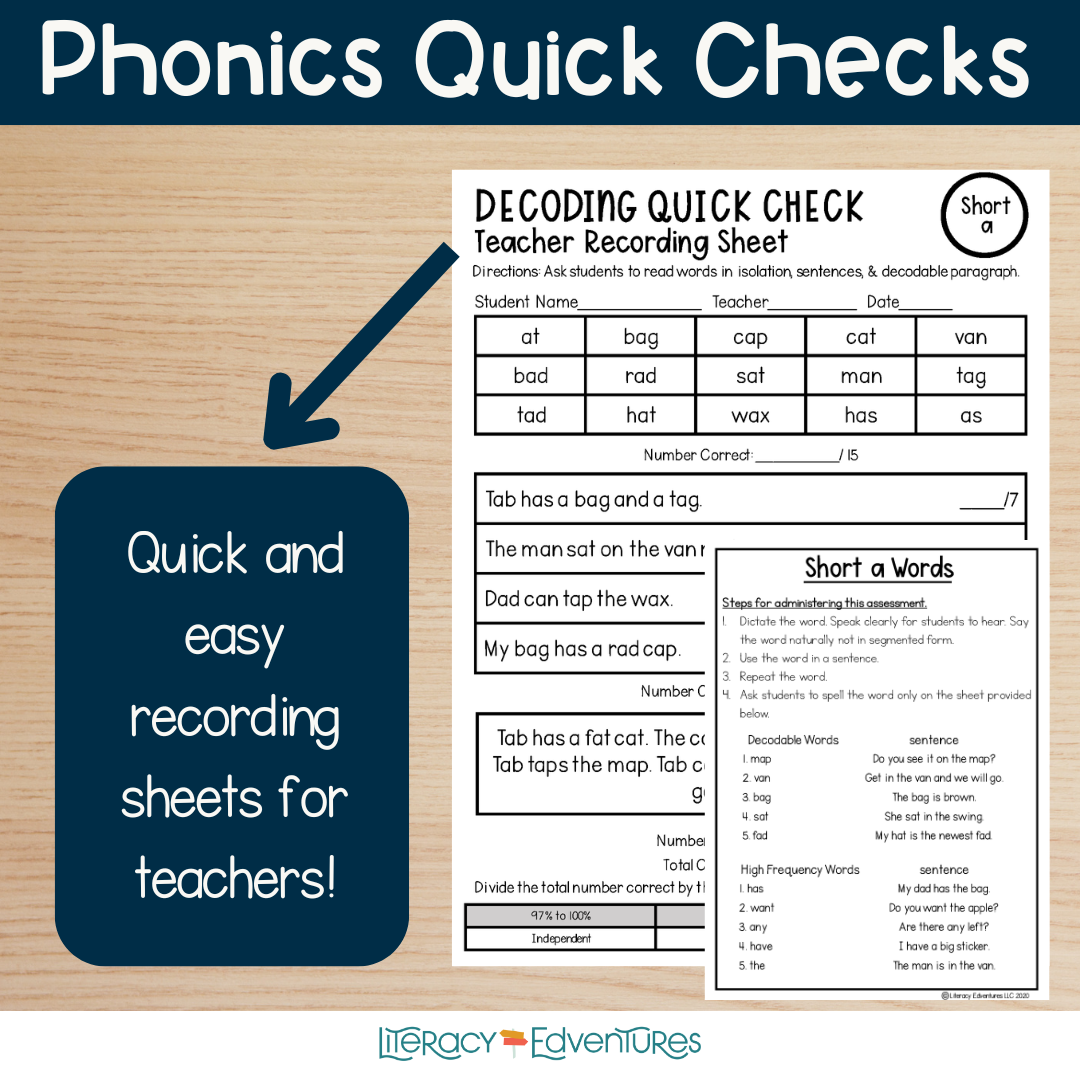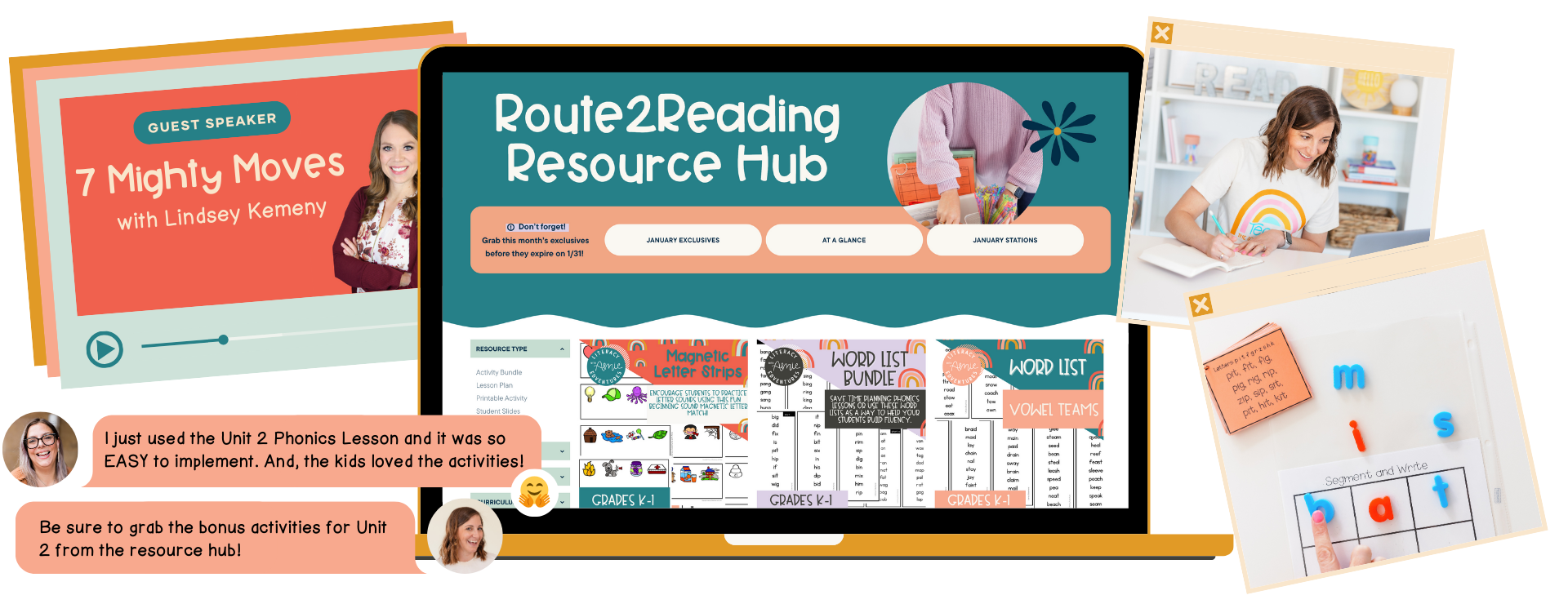The Power of Assessments: Building a Strong Foundation for Reading Success
Introduction
As educators, we all understand the importance of building a strong foundation in reading. Whether you're teaching kindergarten, first grade, or any early grade, laying the groundwork for reading success is vital. But how do we ensure our students are progressing and receiving the right level of support? The answer lies in assessments. Reading assessments for teachers are not just numbers on a page—they are a powerful tool that can guide our instruction, pinpoint areas of need, and ensure every child gets the instruction they need to succeed.
In this post, we’ll explore how targeted reading assessments can support a strong reading foundation and help you provide the best possible learning experience for your students.
The Importance of Building a Strong Foundation in Reading
Reading instruction is built on five key pillars: phonemic awareness, phonics, vocabulary, fluency, and comprehension. These pillars are interconnected, but without mastering skills like phonemic awareness and phonics, students will struggle as they advance in reading. Assessments can help identify early gaps in these foundational skills.
The Simple View of Reading, introduced by Gough and Tunmer (1986), further clarifies the importance of these foundational skills. It breaks reading into two essential components: decoding and language comprehension. Decoding refers to the ability to translate written words into sounds (often supported by phonics and phonemic awareness), while language comprehension involves understanding the meaning of those words. Together, these skills form the basis for proficient reading.
Phonemic awareness teaches students to recognize and manipulate sounds, while phonics connects these sounds to written symbols. These foundational skills are critical for decoding and the first steps in helping students unlock the mysteries of reading. Without a strong decoding foundation, students may find themselves unable to develop the fluency and comprehension skills they need to succeed, as highlighted in the Simple View of Reading.
By using phonics assessments and phonemic awareness assessments, teachers can assess whether students are on track with these key skills or if they need extra support. When combined with data-driven decision-making, these tools ensure a comprehensive approach to supporting early reading success.
How Assessments Help Build This Foundation
Reading assessments for teachers play a crucial role in identifying where each student is in their reading journey. By assessing students' abilities in areas like phonemic awareness and phonics, we can ensure that instruction is targeted and effective.
For example, a phonics assessment can reveal whether a student has mastered the basic sound-letter connections necessary for reading simple words. Similarly, phonemic awareness assessments can highlight students who struggle with sound segmentation, an essential skill for reading.
In my experience working with a first-grade teacher, we used screening assessments to uncover specific challenges students faced with decoding simple CVC (consonant-vowel-consonant) words. One student, in particular, struggled with blending sounds, which screening data quickly brought to light. Using diagnostic assessments, we pinpointed the gaps and designed small group lessons tailored to their needs.
This targeted approach not only gave struggling students the extra practice they needed but also allowed advanced students to move forward with more challenging skills, like mastering digraphs. The combination of screening and diagnostic assessments ensured every child received the right level of support, reinforcing the importance of using reading assessments to guide instruction effectively.
Types of Assessments for Reading Instruction
To ensure that our assessments are as effective as possible, it’s important to understand the different types of assessments available. Each type of assessment plays a different but vital role in providing a comprehensive picture of students’ reading abilities.
Screeners:
Quick, universal assessments typically administered at the beginning of the year. They help identify which students may be at risk for reading difficulties. By using screening assessments, we can intervene early, before gaps grow too large. For example, a screener might identify that a student struggles with letter recognition or basic phonemic awareness.Diagnostic Assessments:
These assessments go deeper, helping to pinpoint the specific areas where a student may be struggling. They are essential for understanding the root causes of reading difficulties, whether it's phoneme-grapheme correspondence or blending sounds. Diagnostic assessments can be used to target phonics patterns, sound segmentation, and other foundational skills.Progress Monitoring:
Once interventions are put in place, progress monitoring helps us track students' growth over time. This allows us to adjust instruction based on whether students are making the expected progress or need additional support. Using reading assessment tools for teachers to track progress allows for data-driven decisions that can optimize student outcomes.
Using Data to Inform Instruction
Once assessments have been administered, it's crucial to analyze the data and use it to inform our instruction. For example, if a phonemic awareness assessment shows that a student is struggling with blending sounds, we can implement specific phonics activities to address this gap.
Progress monitoring is an essential part of this process. By regularly tracking student progress, teachers can identify what’s working and where adjustments are needed. A resource I use every day for progress monitoring is quick checks. These are short, targeted assessments that measure specific skills like letter-sound fluency, decoding, or phoneme segmentation. They provide immediate, actionable insights without overwhelming students.
For example, a quick check might reveal that a student has mastered short vowel sounds but continues to struggle with blending. This allows me to tweak small group lessons to focus more on blending practice, ensuring the student builds a strong foundation for decoding. Regular progress monitoring with quick checks helps me stay proactive so no student slips through the cracks.
Reading assessments for teachers, including progress monitoring and quick checks, ensure instruction remains dynamic and responsive to each student’s needs. When combined with diagnostic data and a structured plan, they create a roadmap for student success.
Differentiating Instruction Based on Assessment Results
Differentiating instruction is key when it comes to meeting the diverse needs of students. With the data from our reading assessments, we can group students based on their specific needs. For example, students who struggle with phonemic awareness may need additional practice with sound segmentation and blending, while others may be ready to move on to more advanced phonics patterns.
By continuously assessing and adjusting our teaching strategies, we ensure that all students are making progress at their own pace. By focusing on phonics assessments, phonemic awareness assessments, and other targeted tools, teachers can create a personalized learning environment that fosters growth for every student.
The Role of Assessments in Early Reading Instruction
When it comes to early literacy, reading assessments for teachers can have a transformative impact. Early identification of areas of need ensures that no student falls behind. For example, a phonemic awareness assessment can detect difficulties with sound manipulation early on, giving educators the chance to intervene before issues progress into more complex challenges with fluency and comprehension.
Conclusion
Assessments are an invaluable tool in building a strong foundation for reading instruction. By using reading assessments for teachers to guide our teaching, we can ensure that every student receives the support they need to succeed. Whether through screening assessments, diagnostic assessments, or progress monitoring, data-driven instruction helps us identify gaps, tailor our lessons, and track progress.
By focusing on foundational skills like phonemic awareness and phonics, and using assessments to inform our decisions, we can set every student on a path to reading success.
Want to download a resource I use daily for free?
Looking for more? Join R2R!
I understand that buying each resource separately can quickly ADD UP. As a teacher, I know we have to make the money we spend COUNT! But don’t worry—there’s a more straightforward, more efficient solution with Route2Reading, my K-2 membership designed to streamline planning, prepping, and teaching small group instruction.
Rather than spending your weekends glued to your computer, searching for Science of Reading-aligned phonemic awareness, phonics lessons, and decodable texts for your small groups, you can log in to Route2Reading.
Choose the focus skill for the week, download the detailed, step-by-step lesson plans and activities, and your small group instruction is ready to go in just a few clicks. Planning has never been easier!
I hope that you found today’s post helpful. Whether you choose to join the membership or not, I am always here to help you in any way that I can. Leave your questions below or send me an email Amie@literacyedventures.com













